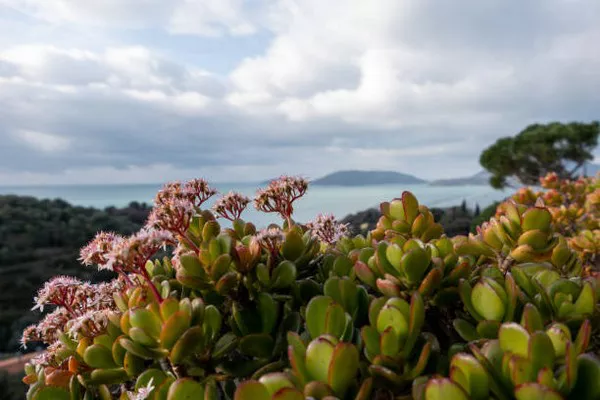Jade plants (Crassula ovata) are popular succulents known for their resilience and unique, fleshy leaves. As with any plant, proper care is essential to ensure their well-being, and one crucial aspect is watering. Finding the right balance can be challenging, as overwatering or underwatering can lead to various issues. In this article, we will explore the factors influencing the watering needs of jade plants and provide a comprehensive guide on how often to water them for optimal health.
Understanding the Nature of Jade Plants:
Before delving into watering practices, it’s crucial to understand the natural habitat of jade plants. Originating from arid regions of South Africa, jade plants have adapted to survive in dry conditions with infrequent rainfall. This characteristic makes them well-suited to the typical indoor environment, where they can thrive in well-draining soil.
Factors Influencing Watering Frequency:
1. Soil Type:
The type of soil in which jade plants are potted significantly affects their watering requirements. Well-draining soil, such as a cactus mix, allows excess water to escape quickly, preventing root rot—a common issue in succulents. Ensure that the soil is loose and airy to promote proper drainage.
2. Pot Size and Type:
The size and material of the pot also play a role in how often you should water jade plants. Larger pots generally retain moisture for a more extended period, while terra cotta pots allow moisture to evaporate more quickly. Consider the pot’s material and size when establishing a watering routine.
3. Environmental Conditions:
The surrounding environment has a substantial impact on how frequently jade plants should be watered. Factors such as temperature, humidity, and sunlight exposure play a crucial role. Warmer temperatures and higher humidity levels may require less frequent watering, while dry and cooler conditions may necessitate more regular hydration.
4. Seasonal Variations:
Adjusting your watering routine based on the seasons is essential for jade plant care. During the growing season in spring and summer, the plant is more active and may require more water. In contrast, reduced sunlight and lower temperatures in fall and winter mean the plant enters a dormant phase, requiring less frequent watering.
5. Plant Size and Growth Stage:
The size and growth stage of your jade plant should be considered when determining watering frequency. Young and smaller plants generally require less water than mature, larger specimens. Be observant of your plant’s growth patterns to tailor your watering schedule accordingly.
Establishing a Watering Routine:
1. Checking Moisture Levels:
The most reliable method to determine when to water your jade plant is by checking the soil moisture. Insert your finger into the soil up to an inch (2.5 cm) deep. If the soil feels dry at this depth, it’s time to water. However, if it still feels moist, it’s best to wait before watering again.
2. Watering Technique:
When watering your jade plant, do so thoroughly but ensure that excess water can escape through drainage holes. Water the plant until you see water draining out of the bottom of the pot. Discard any excess water collected in the saucer beneath the pot to prevent waterlogged soil.
3. Avoiding Standing Water:
Standing water in the soil can lead to root rot, a common issue with jade plants. Ensure that the soil has dried out between watering sessions to prevent the roots from sitting in consistently wet conditions.
4. Seasonal Adjustments:
In the growing season (spring and summer), you may need to water more frequently, possibly every 2-3 weeks, depending on environmental conditions. During the dormant period (fall and winter), reduce watering to once every 3-4 weeks, allowing the soil to dry out more between sessions.
5. Monitoring Plant Health:
Pay close attention to your jade plant’s overall health and appearance. Wilting, yellowing leaves, or a soft and mushy stem are signs of overwatering, while wrinkled or shriveled leaves may indicate underwatering. Adjust your watering routine based on these visual cues.
See Also 10 Effective Strategies for Bug-Free Gardens
Conclusion:
Achieving the right balance in watering your jade plant is essential for its overall health and longevity. By considering factors such as soil type, pot size, environmental conditions, seasonal variations, and the plant’s size and growth stage, you can establish a watering routine that meets its specific needs. Regularly monitor the soil moisture levels and observe your plant for any signs of stress, adjusting your watering frequency accordingly. With proper care, your jade plant can thrive and bring a touch of natural beauty to your indoor space for years to come.


